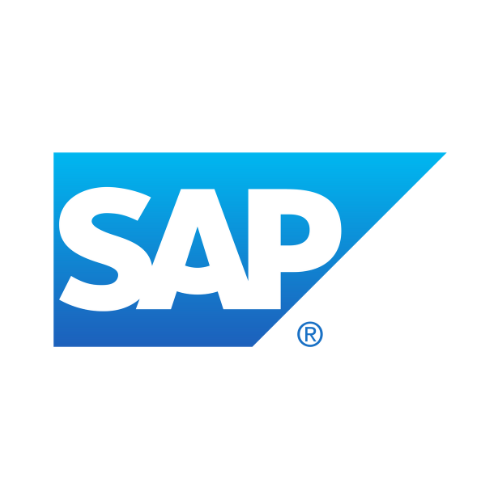March 3, 2020
Blog
Five common challenges to supplier labeling – and how to solve them
Mari Waldron
Share
In working with our customers to digitally transform their labeling, we see firsthand the challenges they face when trying to extend their standardized, digitally-transformed labeling process to their suppliers.
Here are the five most common challenges we see (and how we solve them):
Challenge #1: Suppliers often have vastly different IT infrastructures and varying levels of technical knowledge. Their IT environments typically include a variety of disconnected systems and printers that make consistency and standardization challenging.
Solution: Use a cloud-based labeling solution. This will guarantee you the same label output regardless of the suppliers’ printers. You get consistent, brand-compliant labels without having to demand changes to your supplier’s IT infrastructure.
Challenge #2: You lack visibility into supplier labeling. The labeling process on the supplier side is a bit of a black box. You don’t have the same transparency as when you label in-house, which makes it impossible for you to understand, let alone improve, the supplier labeling process.
Solution: Use the Cloud. With a cloud-based labeling solution, suppliers log into your labeling environment. Every label they print is recorded in your system, giving you complete transparency regarding their role in your label printing process.
Challenge #3: You lack the mandate necessary to impose a labeling system on your suppliers. Perhaps your contract only represents a small portion of your supplier’s overall business. This makes it difficult for you to dictate which type of labeling system or printers the suppliers use when handling your products. There are no consequences for non-compliance, other than finding a new supplier, which is a drastic solution that may not be feasible.
Solution: Make it easy to label your way by using the Cloud. This will reduce your supplier’s IT burden, as it requires no desktop installation or maintenance. Updates to your labeling software can be deployed centrally, so your suppliers always have access to the most updated version of your system and labels. And by selecting a software with an easy-to-use design and print interface, you reduce the amount of end-user training required and increase end-user adoption. You get the reputation of being easy to do business with, and your suppliers don’t feel that they have to learn a new, complicated system just to print your labels.
Challenge #4: You have a system in place for handling supplier labeling, but it’s labor-intensive. Perhaps you’ve provided your suppliers with a program or IT system that can be installed on their premises. However, this solution means you have to provide the personnel to implement, deploy and support the system. And you have to repeat this process every time you update your system. While this approach ensures your supplier labeling complies to your standards, it’s both costly and time-consuming.
Solution: Replace locally installed systems with a cloud-based labeling solution. A Cloud-based solution can be deployed in a matter of minutes. It’s simply a question of emailing suppliers their log-in information, and they’re up and running.
Challenge #5: Your suppliers follow your labeling guidelines, but because the process is mainly manual, you don’t have a clear path for continuous process improvement and optimization. You know that you need to streamline your labeling in order to compete and achieve a faster time-to-market, but it’s difficult to achieve end-to-end improvement without first digitally transforming your supplier’s processes. In addition, the manual processes increase the risk of errors, which can lead to product reworking and delays, and worst-case, lost revenue.
Solution: Labeling in the Cloud. For all the reasons listed above, and more. With Cloud-based labeling, any improvements you make to your labeling process can be seamlessly extended to your suppliers. Say you want to remove manual elements of your labeling process through automation. Or you want to optimize the label printing process by creating role-based print screens. You can implement these changes centrally, and make them available to all suppliers connected to your system.
At the risk of sounding repetitive, labeling in the Cloud is the most cost-effective way of addressing supplier labeling. By using technology to address long-standing supplier labeling challenges, you can increase supplier compliance and satisfaction. Resulting in more accurate labels, a faster time-to-market and increased revenue. Isn’t it time you transformed your supplier labeling?
Find out more about how Label Cloud can transform your supplier labeling.
